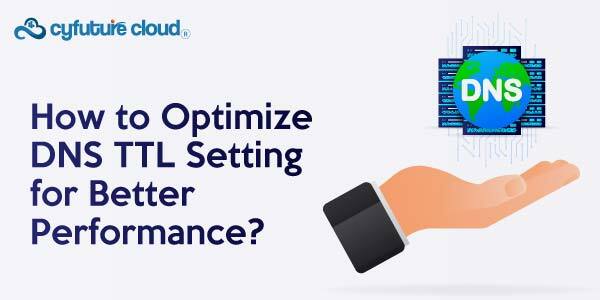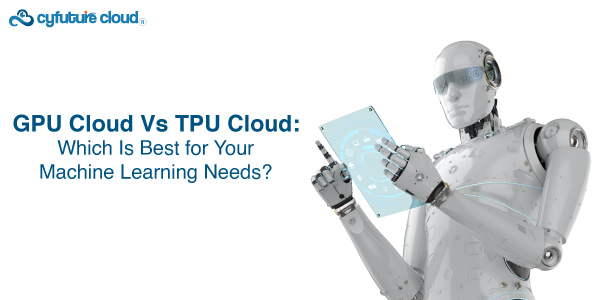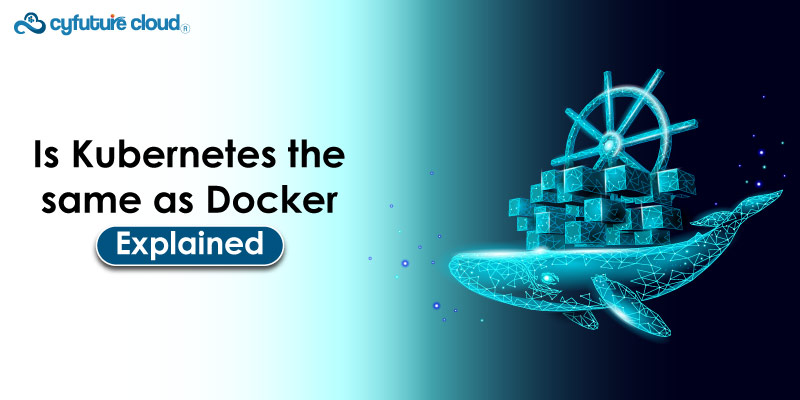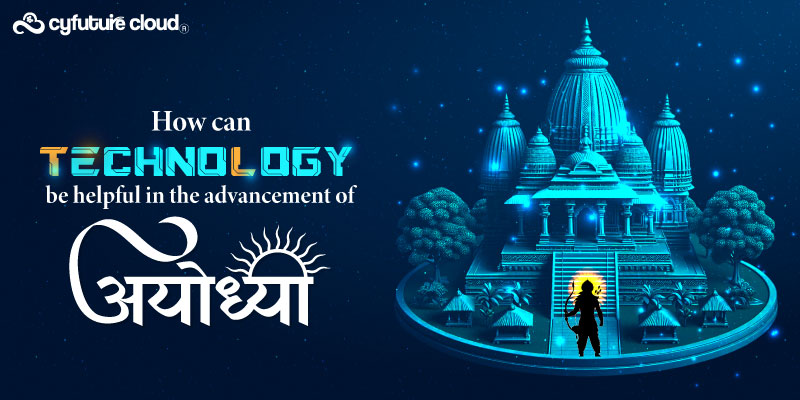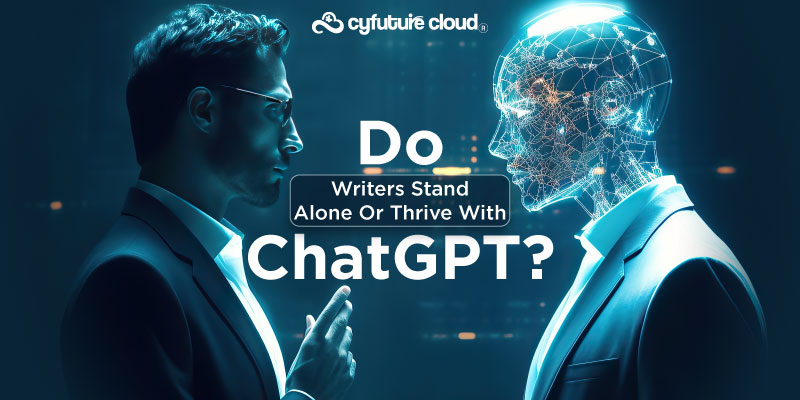Quantum computing and post-quantum cryptography are two closely related topics that are currently gaining significant attention in the field of cybersecurity. Quantum computing is a type of computing that utilizes the principles of quantum mechanics to process information.
- Quantum computers have the potential to solve certain complex problems exponentially faster than classical computers, which could have profound implications for various industries, including cryptography.
- Cryptography is the practice of securing information by converting it into a code that can only be deciphered by authorized parties.
Many commonly used cryptographic algorithms, such as RSA and elliptic curve cryptography (ECC), rely on the difficulty of certain mathematical problems, such as factoring large numbers, for their security.
Post-Quantum Cryptography
Post-quantum cryptography (PQC), also known as quantum-resistant cryptography, refers to cryptographic algorithms that are designed to be secure against attacks by quantum computers.
- The development of PQC is important because quantum computers could potentially break many of the cryptographic algorithms currently used to secure sensitive data, which would have far-reaching consequences for data privacy and security.
- Research into PQC is focused on developing cryptographic algorithms that are resistant to attacks by quantum computers, while also being efficient and practical for implementation in real-world systems.
- There are several different approaches to PQC, including lattice-based cryptography, hash-based cryptography, code-based cryptography, and multivariate cryptography, among others.
- The deployment of PQC is complex and requires careful planning, as it involves transitioning from existing cryptographic algorithms to new, quantum-resistant algorithms without compromising the security of data.
- Additionally, standards and guidelines for PQC are still being developed, and there is ongoing research and evaluation of different PQC proposals to ensure their security and practicality.
- The development and adoption of post-quantum cryptography are critical to ensure that data remains secure in the era of quantum computing.
Organizations need to carefully assess their cryptographic protocols and systems to identify potential vulnerabilities to quantum attacks and plan for the eventual transition to quantum-resistant cryptography to safeguard their sensitive information.
Quantum Computing Vs Traditional Computing
Quantum computing and traditional computing are two fundamentally different approaches to processing information.
Representation of Data
Traditional computing uses bits as the basic unit of information, which are binary units that can be either 0 or 1.
Quantum computing, on the other hand, uses quantum bits, or qubits, which can exist in multiple states at once due to a quantum phenomenon called superposition.
This allows quantum computers to process and store information in parallel, providing the potential for much higher computational capacity compared to traditional computers.
Processing Power
Quantum computers have the potential to perform certain types of calculations much faster than traditional computers, especially in areas such as factorizing large numbers, solving complex optimization problems, and simulating quantum systems.
Traditional computers use algorithms that operate sequentially, while quantum computers can use quantum algorithms that take advantage of quantum phenomena, such as entanglement and superposition, to perform calculations in parallel.
Error Correction
Quantum systems are inherently susceptible to errors due to quantum decoherence, which is the loss of quantum information over time.
Traditional computers use error-correcting codes to detect and correct errors, while quantum computers require specialized quantum error correction techniques to mitigate errors and maintain the integrity of the computation.
Scalability
Traditional computers can be easily scaled up by adding more computational resources, such as CPU cores or memory, to improve performance.
However, quantum computers are still in the early stages of development and face challenges in scaling up the number of qubits and maintaining their coherence. Large-scale, fault-tolerant quantum computers are still a significant technical challenge.
Applications
While traditional computers are widely used in various applications, including data processing, artificial intelligence, and scientific simulations, quantum computers are currently limited in their practical applications.
Quantum computers are primarily used for research and development purposes, and their potential for practical applications is still being explored.
In summary, quantum computing and traditional computing differ in their representation of data, processing power, error correction, scalability, and current applications. Quantum computing has the potential to revolutionize certain computational tasks.
But it is still in the early stages of development and faces significant technical challenges before it can be widely adopted for practical applications.
Quantum Computing – A Threat to Cryptographic Security Systems – Yes or No
Quantum computing has the potential to pose a significant threat to many cryptographic security systems that are currently used to protect sensitive information. This is due to a quantum algorithm called Shor’s algorithm, which can factorize large numbers exponentially faster than the best-known classical algorithms.
Since many modern cryptographic systems, such as RSA, rely on the difficulty of factoring large numbers for their security, a sufficiently large quantum computer could break these cryptographic systems and compromise the confidentiality and integrity of the encrypted data. A supercomputer can potentially break cryptographic encryptions.
Here are some key ways in which quantum computing could pose a threat to cryptographic security systems:
Public Key Cryptography
Many popular public key cryptographic algorithms, such as RSA, rely on the difficulty of factoring large numbers or solving the discrete logarithm problem, which are computationally hard problems for classical computers.
However, Shor’s algorithm can factorize large numbers and solve the discrete logarithm problem exponentially faster than classical algorithms, rendering these cryptographic systems vulnerable to attacks by a sufficiently large quantum computer.
Quantum Key Distribution (QKD)
Quantum key distribution is a cryptographic technique that uses the principles of quantum mechanics to establish secure communication keys. QKD protocols, such as BB84, offer the promise of a secure key exchange that is resistant to eavesdropping
However, if an adversary has a large enough quantum computer, they could potentially break the quantum communication channels used in QKD protocols and gain access to the secret keys, compromising the security of the communication.
Hash Functions
Hash functions are widely used in various cryptographic applications, such as digital signatures and message integrity verification.
- Quantum computers have the potential to break many commonly used hash functions, such as SHA-2 and SHA-3, using an algorithm called Grover’s algorithm.
- Grover’s algorithm can search an unsorted database of N items in O(sqrt(N)) time. This could potentially compromise the integrity and authenticity of digitally signed documents or messages.
- It’s important to note that while quantum computing has the potential to break many currently used cryptographic systems
- It also presents opportunities for developing new cryptographic techniques that are resistant to quantum attacks, known as post-quantum cryptography (PQC).
- PQC is an active area of research aimed at developing cryptographic algorithms that are secure against attacks by both classical and quantum computers.
Transitioning to PQC algorithms before large-scale, fault-tolerant quantum computers become available is an active area of research and preparation for ensuring the security of sensitive information in the post-quantum era.
Major Aspects Constituiting Quantum Computing
Quantum computing is a complex field that involves the principles of quantum mechanics to process information. Here’s a high-level step-by-step explanation of how quantum computing actually works:
Quantum Bits (Qubits): Quantum computers use quantum bits, or qubits, as the fundamental building blocks of computation.
Unlike classical bits that can be in a state of either 0 or 1, qubits can be in a state called superposition, which means they can exist in multiple states simultaneously. This property of superposition allows quantum computers to perform parallel computations.
Quantum Gates: Quantum gates are similar to classical logic gates used in classical computing, but they operate on qubits instead of classical bits. Quantum gates manipulate the state of qubits to perform quantum operations.
Examples of quantum gates include the Pauli-X gate, Pauli-Y gate, Pauli-Z gate, Hadamard gate, CNOT gate (Controlled-NOT gate), and many more.
Quantum Entanglement: Quantum entanglement is a unique property of quantum mechanics that allows qubits to become correlated in such a way that the state of one qubit is dependent on the state of another, even when they are physically separated.
This property is used in quantum computing to perform operations on multiple qubits simultaneously, resulting in exponential processing power compared to classical computers for certain tasks.
Quantum Measurement: Quantum measurement is the process of extracting information from a qubit. However, unlike classical bits, the act of measuring a qubit collapses its superposition state into a definite state of 0 or 1.
The probability of obtaining a particular measurement outcome depends on the superposition state of the qubit before the measurement.
Quantum Algorithms: Quantum algorithms are specially designed algorithms that take advantage of the unique properties of quantum mechanics, such as superposition, entanglement, and interference, to perform computations that are difficult or impossible for classical computers.
Examples of quantum algorithms include Grover’s algorithm for searching unsorted databases, Shor’s algorithm for factoring large numbers, and the quantum phase estimation algorithm.
Error Correction: Quantum systems are inherently susceptible to errors due to decoherence and other quantum phenomena. Quantum error correction is a set of techniques used to mitigate these errors and ensure the reliability of quantum computations.
Quantum error correction codes are used to encode qubits in such a way that errors can be detected and corrected, preserving the integrity of the quantum information.
Quantum Hardware: Quantum hardware refers to the physical devices used to implement quantum computing. These devices include quantum processors, which are used to manipulate qubits, and quantum memory, which is used to store quantum information.
Quantum processors are typically implemented using technologies such as superconducting circuits, trapped ions, topological qubits, or photonic qubits.
Quantum Applications: Quantum computing has the potential to revolutionize various fields, including cryptography, drug discovery, optimization, finance, and artificial intelligence.
Quantum applications are being actively researched and developed to harness the unique computational capabilities of quantum computers for solving real-world problems.
These are the high-level steps involved in how quantum computing works. However, it’s worth mentioning that quantum computing is still a rapidly evolving field, and there are ongoing research and development efforts to improve the scalability, reliability, and practicality of quantum computers.
Send this to a friend

 Server Colocation
Server Colocation CDN Network
CDN Network Linux Cloud Hosting
Linux Cloud Hosting Kubernetes
Kubernetes Pricing Calculator
Pricing Calculator
 Power
Power
 Utilities
Utilities VMware Private Cloud
VMware Private Cloud VMware on AWS
VMware on AWS VMware on Azure
VMware on Azure Service Level Agreement
Service Level Agreement 




